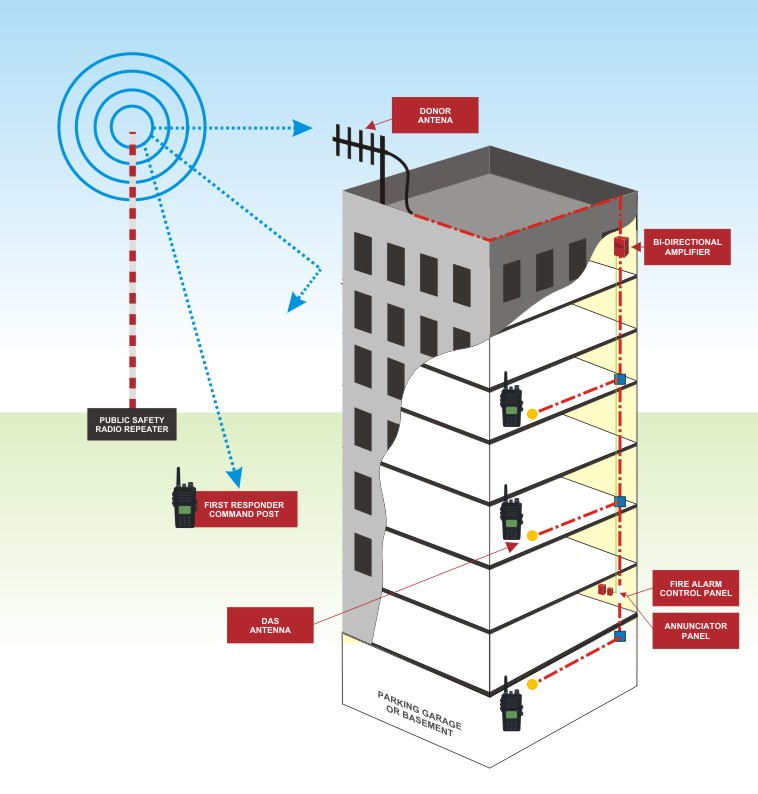Bi-Directional Amplifier
What is a BDA?
A Bi-Directional amplifier (BDA) is a device used in telecommunications and audiovisual systems to amplify signals across a range of frequencies. It is commonly used in cable television (CATV), satellite television, and other broadband communication systems.
A BDA typically consists of an amplifier that amplifies signals across a wide frequency range, usually from 50 MHz to 1 GHz or higher. The amplified signal is then distributed to multiple output ports, allowing the signal to be split and distributed to multiple devices or locations.
The purpose of a BDA is to overcome signal loss caused by long cable runs, splitters, and other factors that can degrade the signal strength and quality. By amplifying the signal at the source, a BDA can ensure that the signal remains strong and stable throughout the distribution network, improving overall system performance and reducing the risk of signal dropout or distortion.
Overall, a broadband distribution amplifier is a critical component in any system that requires the distribution of high-quality signals across a wide frequency range.
What are the requirements for testing and installation of a BDA system?
The requirements for testing and installation of a BDA system will depend on the specific regulations and standards of the country, state or local jurisdiction where the system is being installed. However, in general, the following are some common requirements for testing and installation of a BDA system:
Compliance with codes and standards: The BDA system must be installed in accordance with relevant building and fire codes, electrical codes, and other applicable regulations.
Site survey and design: A site survey should be conducted to determine the optimal placement of the BDA system and the type and number of antennas and amplifiers required for the installation. A system design should be created to ensure that the BDA system meets the coverage and capacity requirements of the building or area it is serving.
Installation
The BDA system should be installed by qualified and certified technicians who have experience with the type of system being installed. The installation should be done in accordance with the manufacturer’s instructions and in compliance with relevant codes and standards.
Testing
Once the BDA system is installed, it must be tested to ensure that it is working properly and providing the required coverage and capacity. This includes conducting signal strength tests, interference tests, and noise tests.
Documentation
The installation and testing of the BDA system should be thoroughly documented, including the system design, installation details, test results, and any necessary certifications or approvals.
It is important to note that the specific requirements for testing and installation of a BDA system can vary depending on the type of system being installed, the building or area it is serving, and the regulations and standards of the local jurisdiction. It is therefore recommended to consult with qualified professionals and regulatory authorities to ensure compliance with all applicable requirements.

